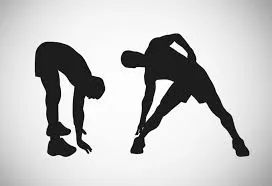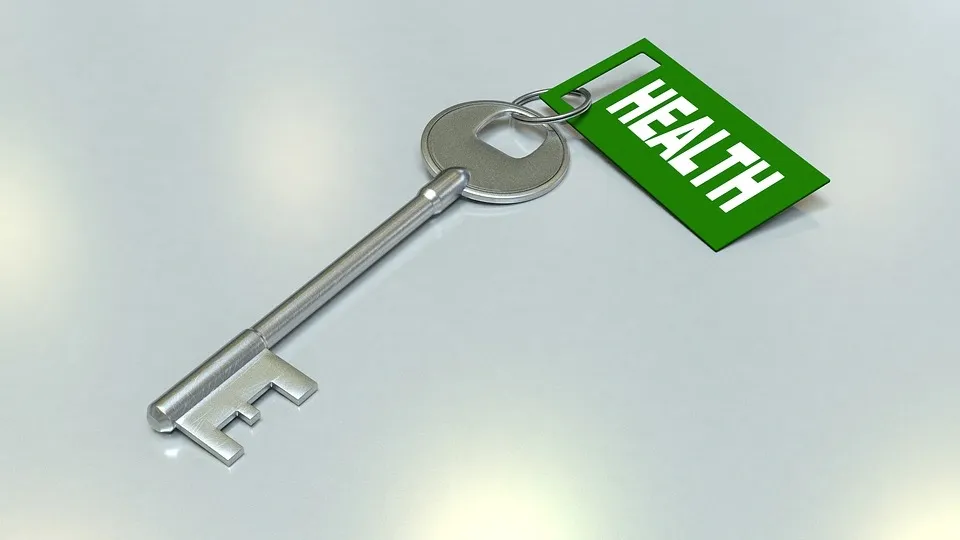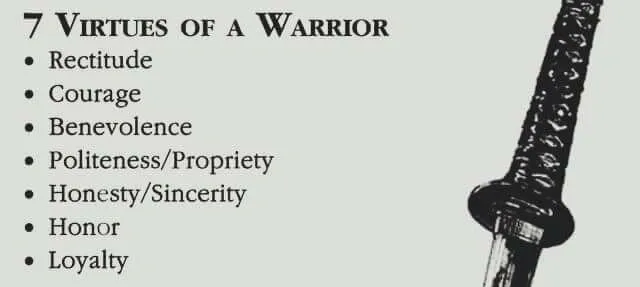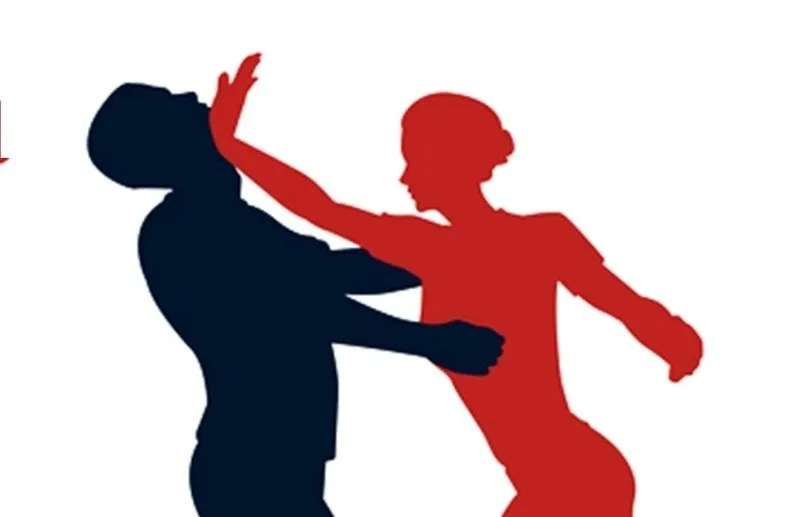
Training is an ever changing, ever evolving beast. I started lifting weights as a sophomore in high school in an effort to get stronger for wrestling. I never cared about getting bigger until many years later when a reoccurring knee injury cut my fighting career short. I started with a simple program, 1 body part per day. And we annihilated that body part! Four sets of ten to fifteen reps, if you could get that many, or with my partner spotting for me. Roughly six to eight exercises per body made up the outer shell of that rep scheme. So, for example, Mondays were our leg day. We started with squats, then moved to leg press, followed by hack squats, leg extension, hamstring curls, standing calf raises, seated calf raised, machine calf raises, and then try to finish off with some negative work on the leg press (weight that you had to strain to lower, but your partners pushed up for you). And our mindset, there in my late twenties through my mid-thirties, was that if you could press the weight for eight reps on your own, it was too light! Add more weight! And we pressed some serious weight! I burned through training partners pretty fast. But that kind of intensity and training often leads to injury, exhaustion, and a loss of enthusiasm as time goes by and the body pays its due. And as time progressed, and my body aged, that mindset had to give way to smarter, more efficient training.
Our philosophy on self-defense is no different. When I started training Brazilian Jiu Jitsu in 1994, my training partners and I had to travel roughly eight hours (round trip) for a single day of training. Blue belts were rare, and considered to be advance, purple, brown, and black belts didn’t exist outside of the Gracie and Machado names for most of the United States. We were still a decade ahead of video platforms like YouTube, and the VHS video tape market became a rich source of information, if you could find a decent copy or Panther Productions had any in stock. And we attacked our training just like we did our lifting. Full tilt, one hundred percent, all the time! We trained hard core, and guys got hurt. Our necks were cranked, elbows popped, ankles sprained, and knees required surgery. And we always came back for more! But just like our lifting, we couldn’t keep training partners. There were about four of us at our core, and we could never seem to add more. When we started teaching (with permission from our instructor, remember that this was a time when black belts were rare) we couldn’t keep a solid student base. We had to figure out how to marry the training with the desired results. So, I got started. And I used my own training as the guinea pig.
In the nearly three-decade long journey since that time, I have discovered that you can train with rabid intensity. For a short time. However, long term training, which is ultimately the goal of a self-defense program, requires a more measured approach. Today, I take new clients through a regimented program that starts with little to no resistance. Then, just like in the weight room, we slowly add that resistance.
Our training philosophy has evolved into a single word. Volume. I believe in training at about seventy percent of your max range. I no longer try to push small cars off my chest while benching, nor attempt to lift elephants off my back in the squat. By working in the seventy percent range, I can perform full body workouts three times per week. That means instead of each body part getting a single work out every week, it gets three. If you look at the math on that, at one time per week, your chest gets four workouts per month. With our volume approach, it gets twelve workouts! I have found that I look better, I feel better, I am no longer plagued by major and minor injuries that require me to stop training for weeks or months on end, and I enjoy training again! And I am not alone! The vast majority of our clients state the same thing!
Our approach to self-defense is the same. Working our sparring in the seventy percent range, at the maximum, not only keeps injuries at bay, but it also keeps it fun, and more importantly, allows you to train more often! For many people, seventy percent of their maximum effort training will give them the best results over a long-term period. Should you wish to participate in competitions, sanctioned fights, etc. then a ramping up to a higher intensity would be required. But even that should be strictly regimented, planned, and scheduled. Personal identifiers such as age, physical restrictions, time constraints, and familial commitments are all obstacles that can be overcome with the right training program and training philosophy. And that’s just the area that we are here to help you in!









